Hydrogen-powered vehicles are increasingly being viewed as a viable alternative to traditional fossil fuel and electric vehicles. As the world seeks sustainable and eco-friendly transportation solutions, hydrogen technology presents both opportunities and challenges. Exploring the future prospects of hydrogen-powered vehicles reveals their potential impact on the automotive industry.
The Current State of Hydrogen Vehicles
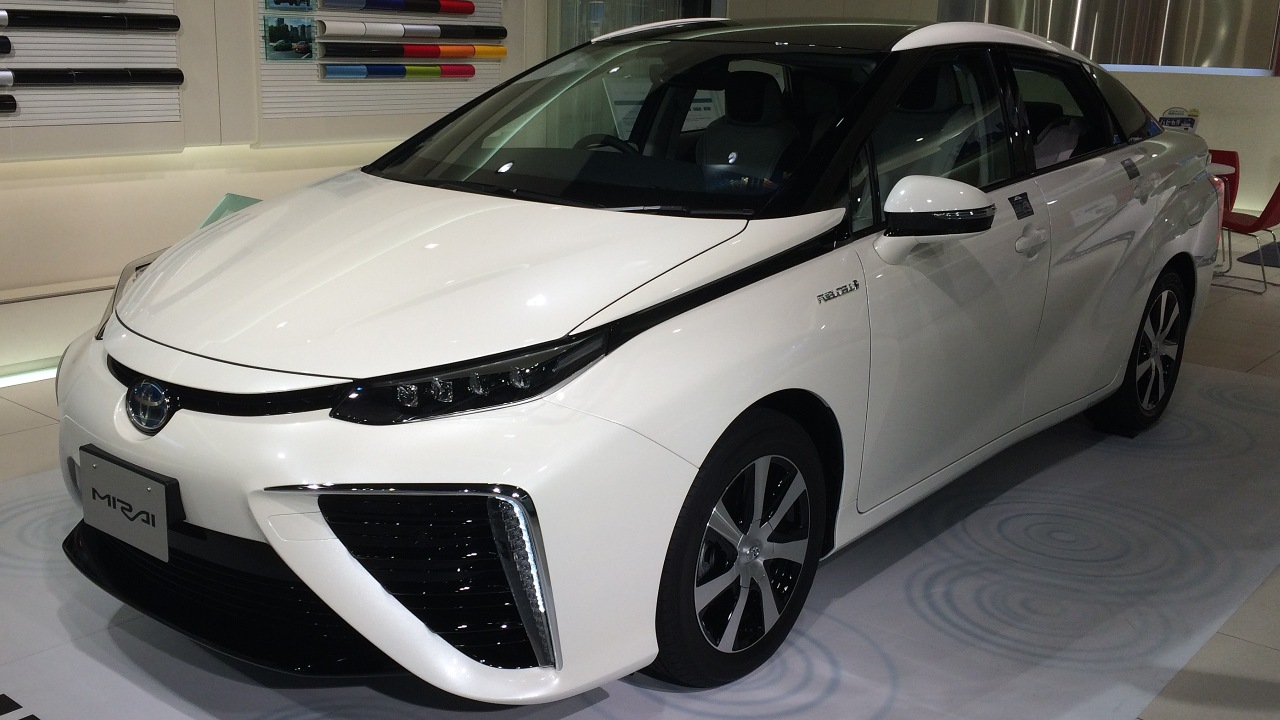
Hydrogen vehicles have been around for decades, but their presence in the market is still relatively niche compared to traditional and electric vehicles. Notable models like the Toyota Mirai and the Hyundai Nexo are leading the charge in commercial hydrogen fuel cell vehicles. These models offer a glimpse into the potential of hydrogen technology, combining zero-emission driving with the convenience of refueling in minutes, much like gasoline-powered cars. Despite these advantages, hydrogen vehicles constitute only a small fraction of the global car market.
One of the significant barriers to the widespread adoption of hydrogen vehicles is the limited infrastructure for hydrogen refueling. As of now, hydrogen refueling stations are heavily concentrated in specific regions, such as California in the United States and parts of Europe and Japan. This presents a challenge for consumers who may find it inconvenient to refuel their hydrogen-powered cars, especially outside these areas. Infrastructure development is crucial to increase the appeal and practicality of hydrogen vehicles for the average consumer.
Consumer perceptions of hydrogen technology also play a vital role in its adoption rate. While some view hydrogen vehicles as the future of sustainable transportation, others remain skeptical due to concerns about safety, cost, and practicality. However, as manufacturers continue to innovate and improve the technology, consumer confidence is expected to grow, potentially leading to increased adoption rates over time.
Technological Advances in Hydrogen Fuel Cells
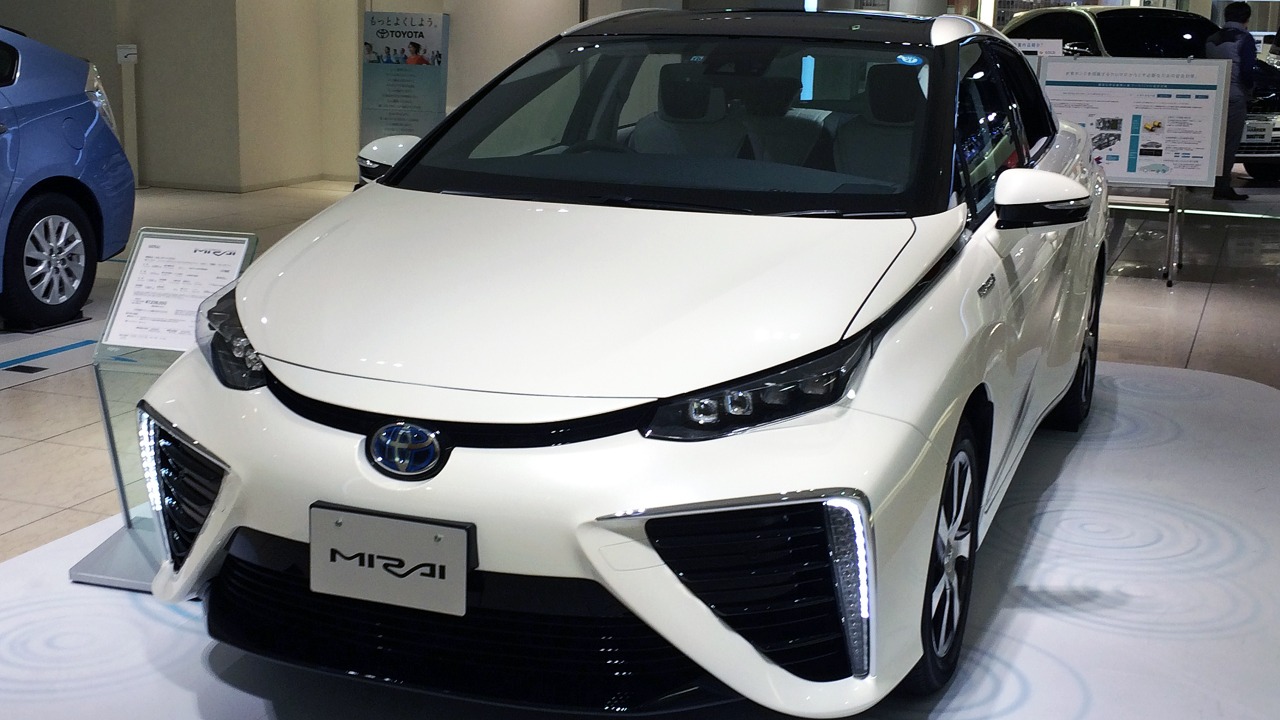
Recent years have seen significant advancements in hydrogen fuel cell technology, particularly in terms of efficiency and durability. Manufacturers are working to improve the efficiency of fuel cells, allowing vehicles to travel longer distances on a single tank of hydrogen. For example, the 2021 Toyota Mirai boasts a range of over 400 miles, a substantial improvement over earlier models. Additionally, advancements in materials and design have led to more durable fuel cells, reducing maintenance costs and increasing the lifespan of hydrogen vehicles.
Breakthroughs in hydrogen production and storage methods are also contributing to the viability of hydrogen vehicles. Traditional methods of hydrogen production, such as steam methane reforming, are being complemented by more sustainable options like electrolysis, which uses renewable energy sources to split water into hydrogen and oxygen. This not only provides a cleaner way to produce hydrogen but also helps integrate hydrogen technology with renewable energy systems, making it a more attractive option for reducing overall carbon emissions.
Integration with renewable energy sources is another promising development in the hydrogen vehicle sector. By utilizing excess renewable energy to produce hydrogen, energy companies can store and distribute energy more effectively, providing a buffer against the intermittent nature of solar and wind power. This approach not only supports the growth of hydrogen vehicles but also contributes to a more resilient and sustainable energy grid.
Environmental and Economic Impacts
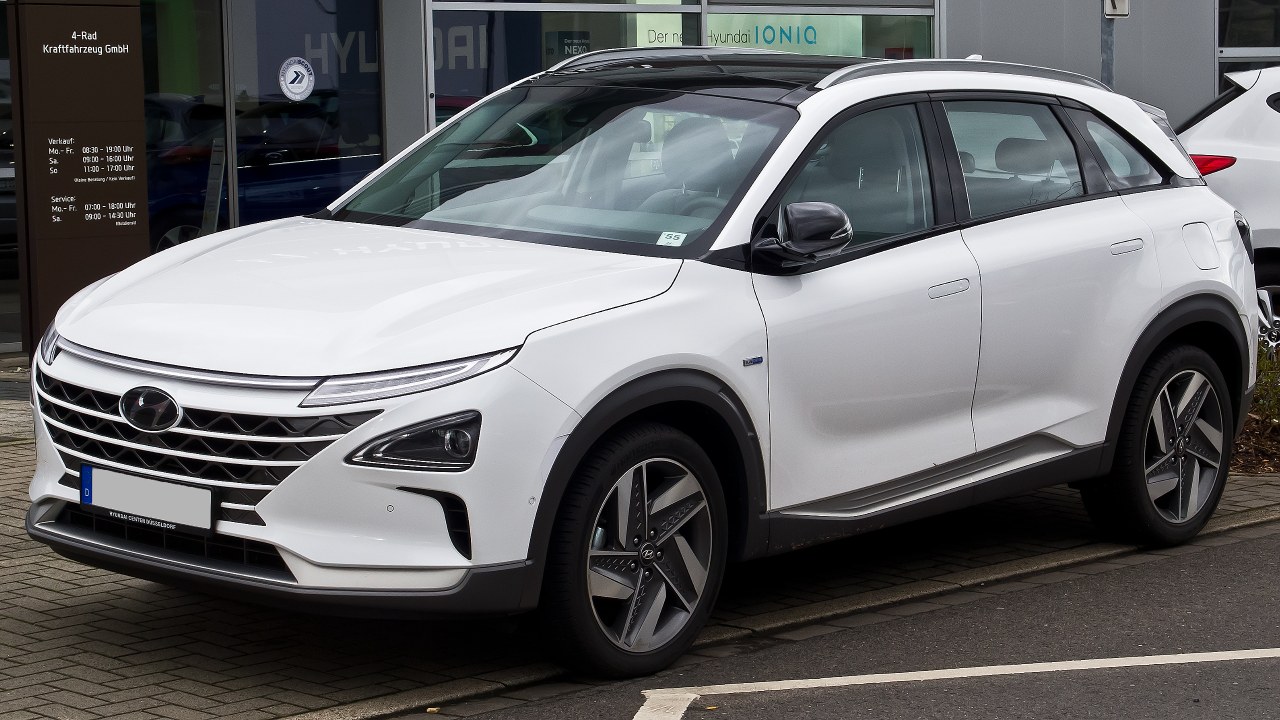
Hydrogen vehicles have the potential to significantly reduce carbon emissions, especially when the hydrogen is produced using renewable energy. By emitting only water vapor as a byproduct, hydrogen vehicles offer a clean alternative to both traditional gasoline-powered cars and battery electric vehicles, which still rely on electricity that may be generated from fossil fuels. This positions hydrogen vehicles as a crucial component in the global effort to reduce transportation-related emissions.
When considering the economic impacts, hydrogen vehicles present both challenges and opportunities. The cost of producing hydrogen vehicles remains higher than that of electric and traditional vehicles, primarily due to the expensive materials and complex technology involved in fuel cell production. However, as technology advances and economies of scale are achieved, costs are expected to decrease, making hydrogen vehicles more competitive in the market.
Furthermore, the hydrogen economy could provide substantial economic benefits to industries involved in hydrogen production and distribution. Countries investing in hydrogen infrastructure and technology stand to gain from job creation, energy independence, and increased competitiveness in the global market. As more governments and companies commit to hydrogen as a sustainable energy source, the economic landscape may shift, with hydrogen playing a central role in future energy strategies.
Challenges Facing the Hydrogen Vehicle Industry

Despite the promising potential of hydrogen vehicles, several challenges remain. High production costs are a significant hurdle, with fuel cell technology still being more expensive than battery electric or internal combustion engine systems. Continuous research and development are required to drive down costs and make hydrogen vehicles a financially viable option for consumers and manufacturers alike.
Infrastructure development is another critical challenge for the hydrogen vehicle industry. Building a comprehensive network of hydrogen refueling stations requires substantial investment and coordination between governments, private companies, and energy providers. Geographic limitations further complicate this process, as some regions may not have the necessary resources or incentives to develop hydrogen infrastructure, limiting the accessibility and appeal of hydrogen vehicles in those areas.
Additionally, competition from battery electric vehicles (BEVs) and other emerging green technologies presents a challenge for hydrogen vehicles. BEVs have gained significant traction in recent years, with major manufacturers like Tesla, Nissan, and Chevrolet offering popular models that have become household names. The established infrastructure for electric vehicle charging and the ongoing advancements in battery technology continue to bolster the appeal of BEVs, posing a competitive threat to the growth of hydrogen vehicles.
Future Prospects and Industry Predictions

The future of hydrogen vehicles appears promising, with several industry experts predicting significant growth in the coming years. Market forecasts suggest that the global hydrogen vehicle market could expand rapidly, driven by technological advancements, increased infrastructure development, and growing environmental awareness. As countries strive to meet their climate goals, hydrogen vehicles are expected to play an integral role in reducing transportation emissions and fostering a sustainable future.
Government policies and incentives will be crucial in promoting hydrogen adoption. Various countries are already offering subsidies, tax breaks, and other incentives to support the development of hydrogen technology and infrastructure. For instance, the European Union’s Hydrogen Strategy aims to install at least 6 gigawatts of renewable hydrogen electrolyzers by 2024, showcasing a strong commitment to fostering a robust hydrogen economy.
Hydrogen vehicles have the potential to shape a sustainable transportation future by offering a clean, efficient, and versatile alternative to traditional and electric vehicles. As technology continues to evolve and infrastructure expands, hydrogen vehicles could become a key player in the transition to a low-carbon economy, providing a viable solution to the environmental challenges facing the automotive industry today.
Like Fast Lane Only’s content? Be sure to follow us.
Here’s more from us:
*Created with AI assistance and editor review.

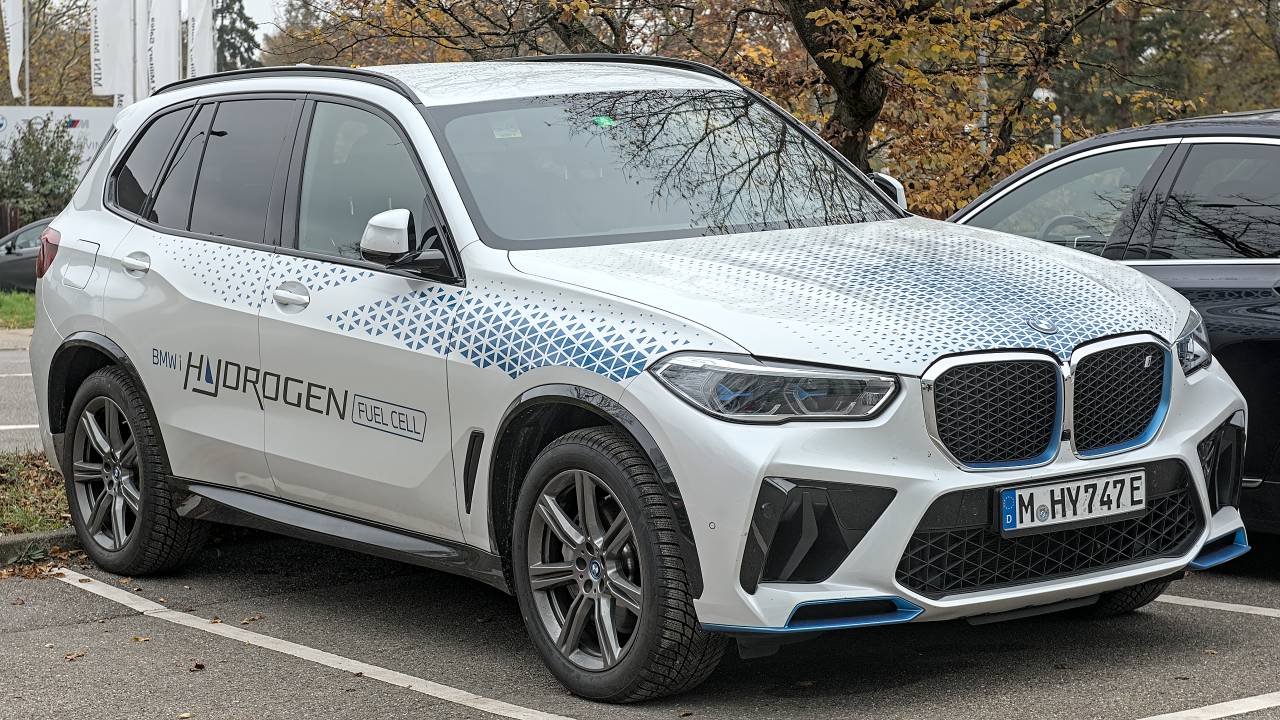
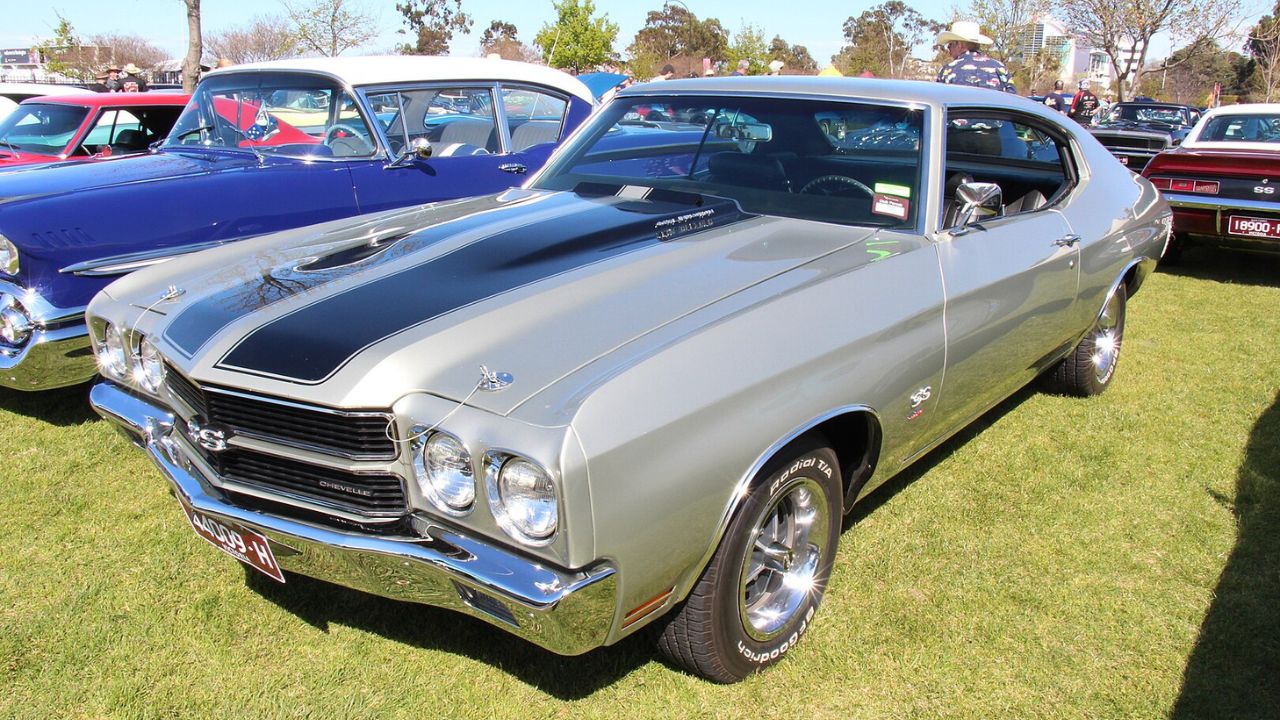



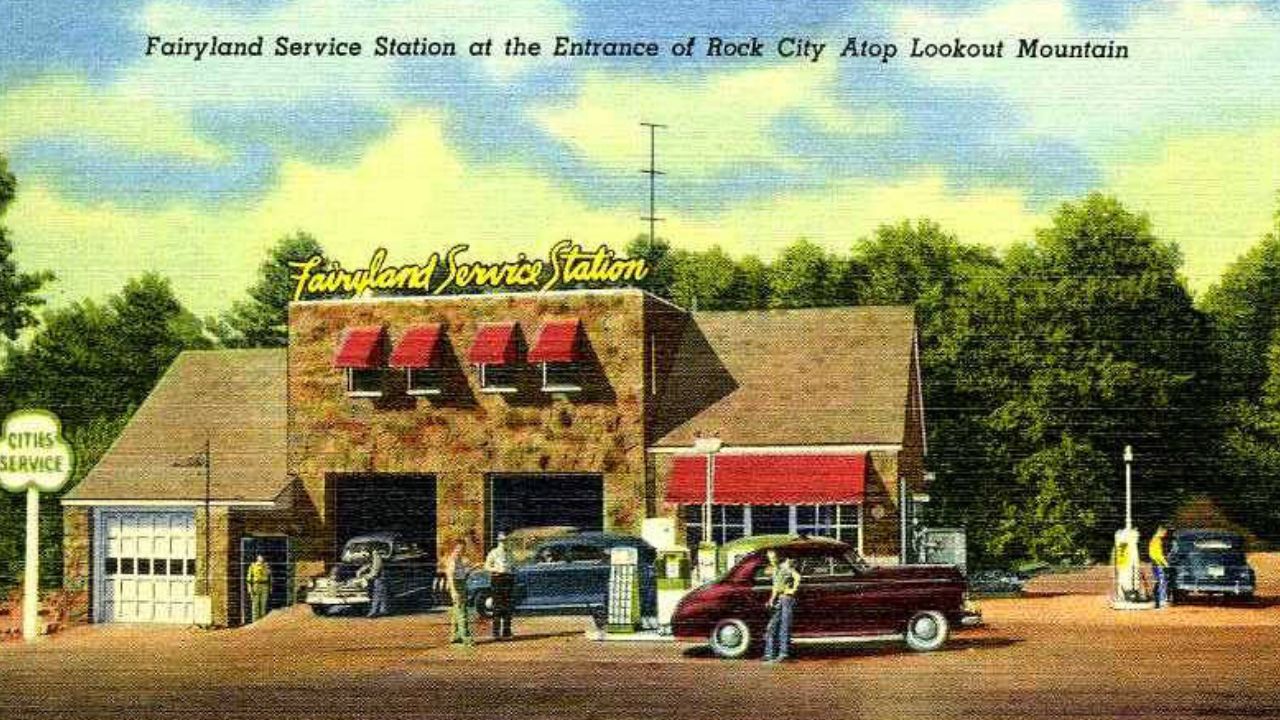
Leave a Reply